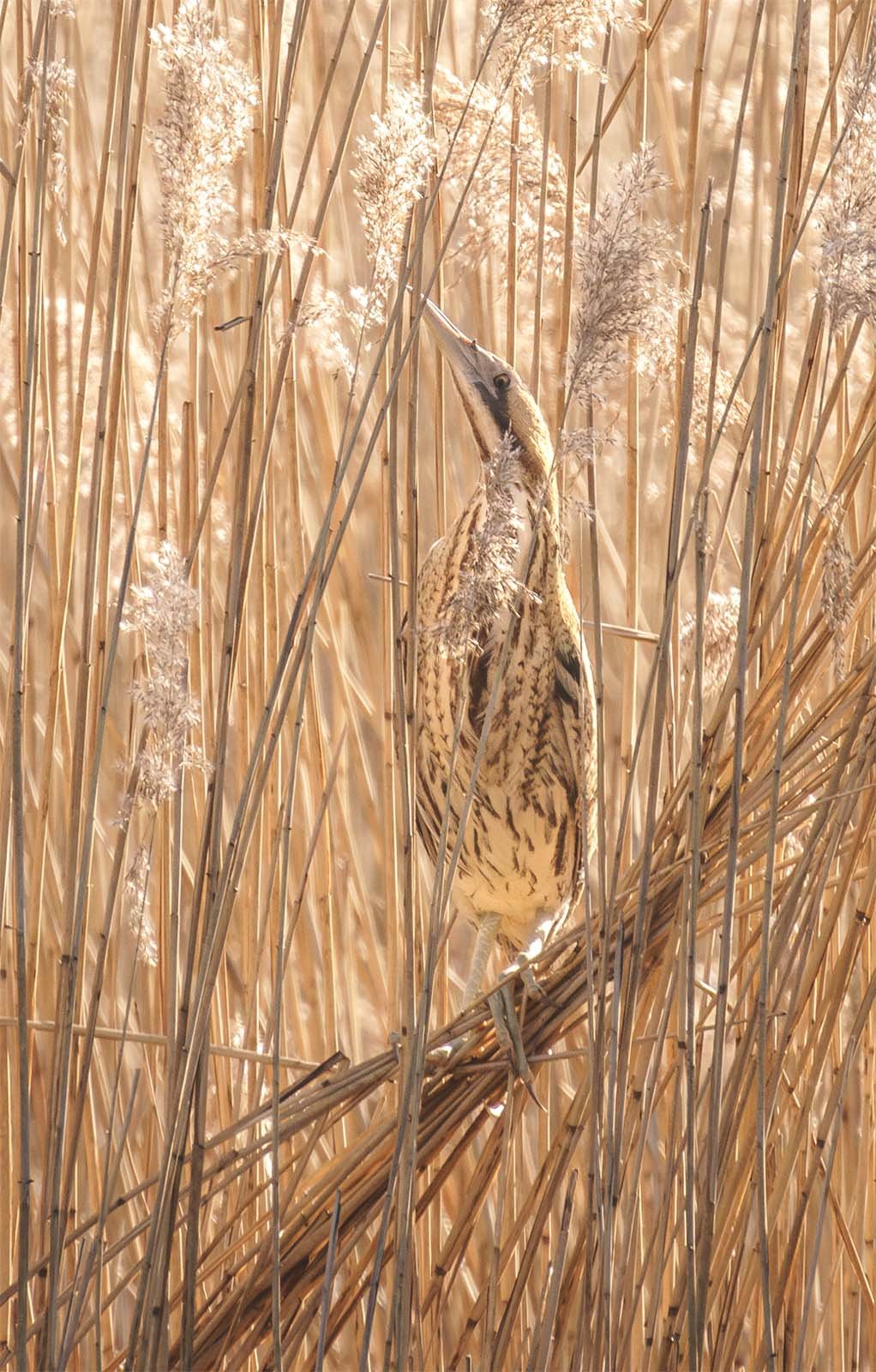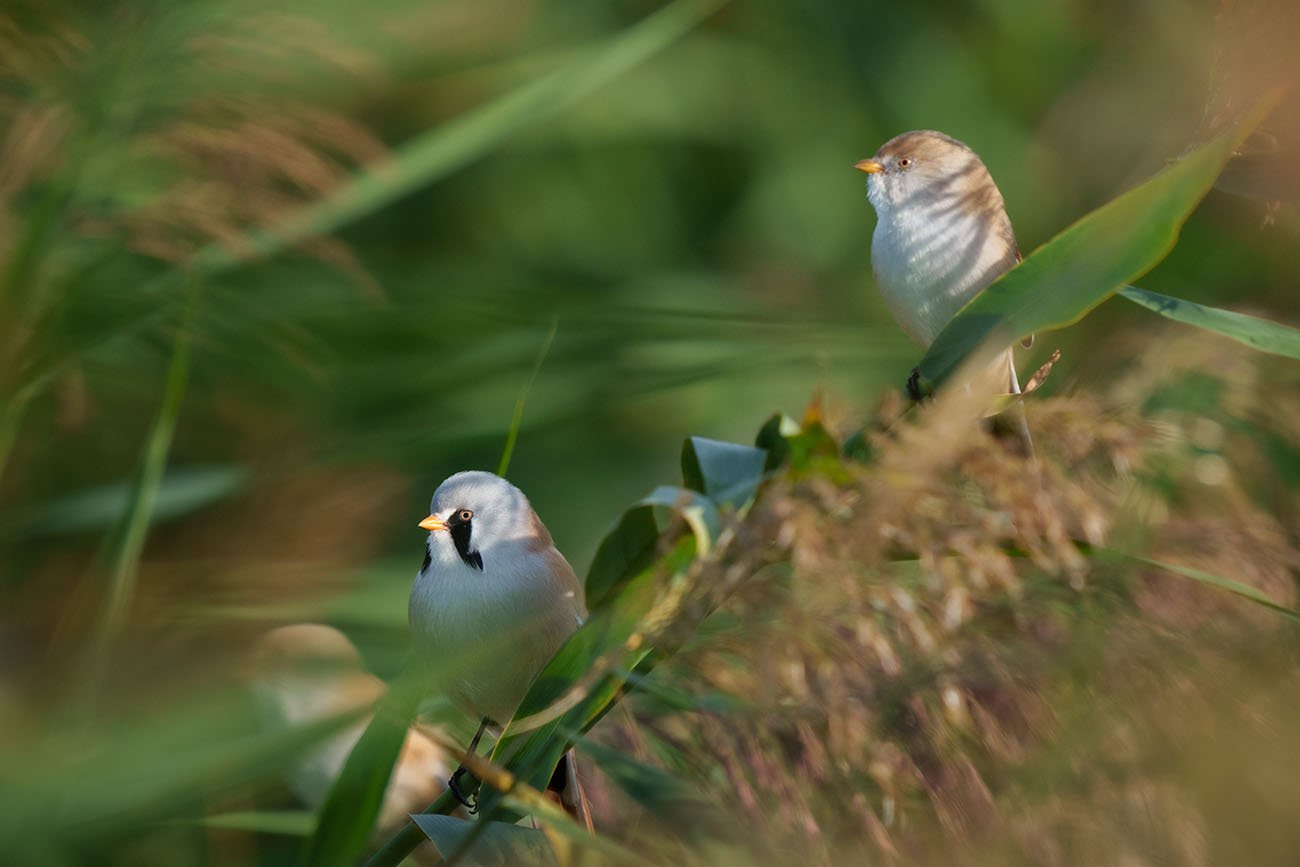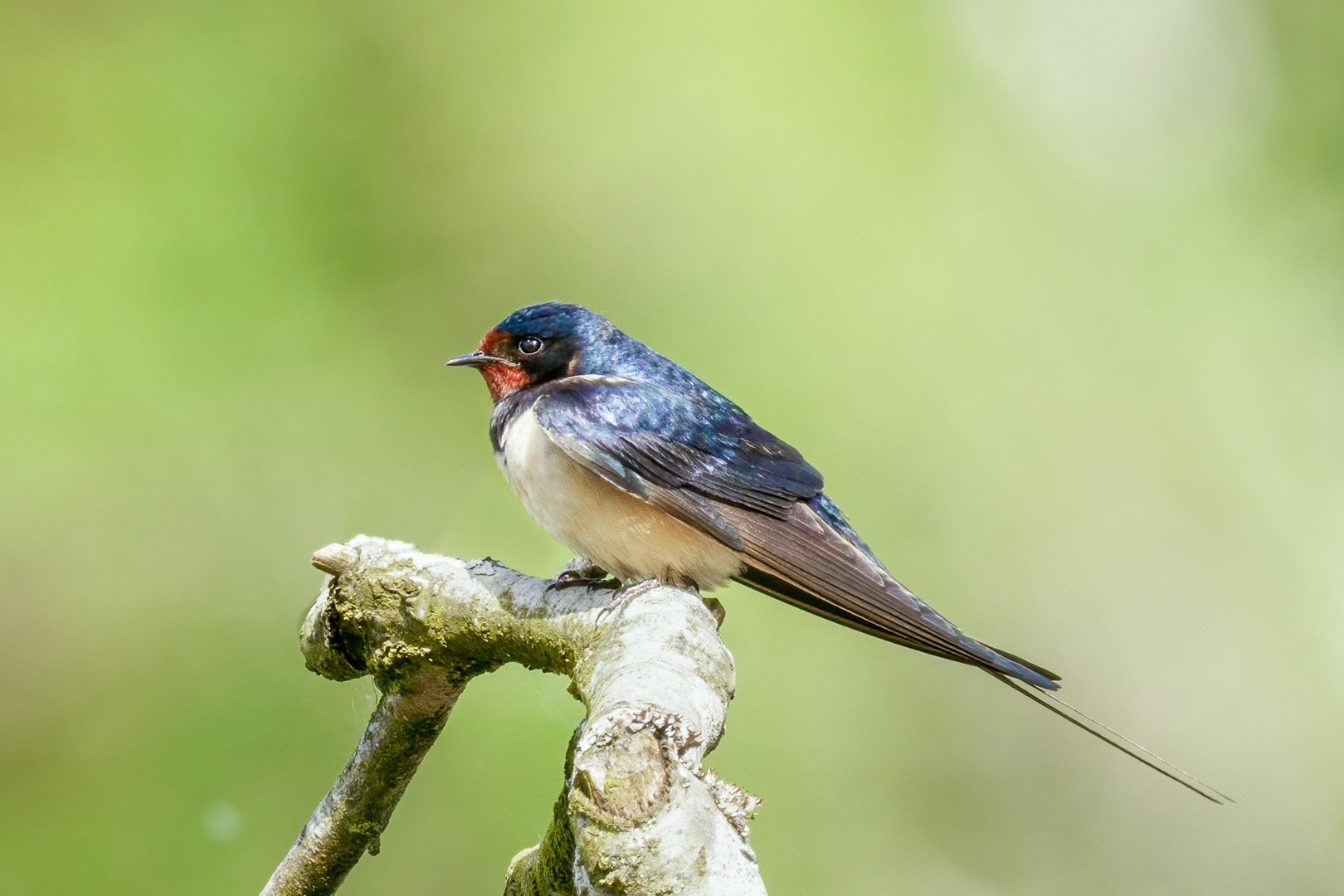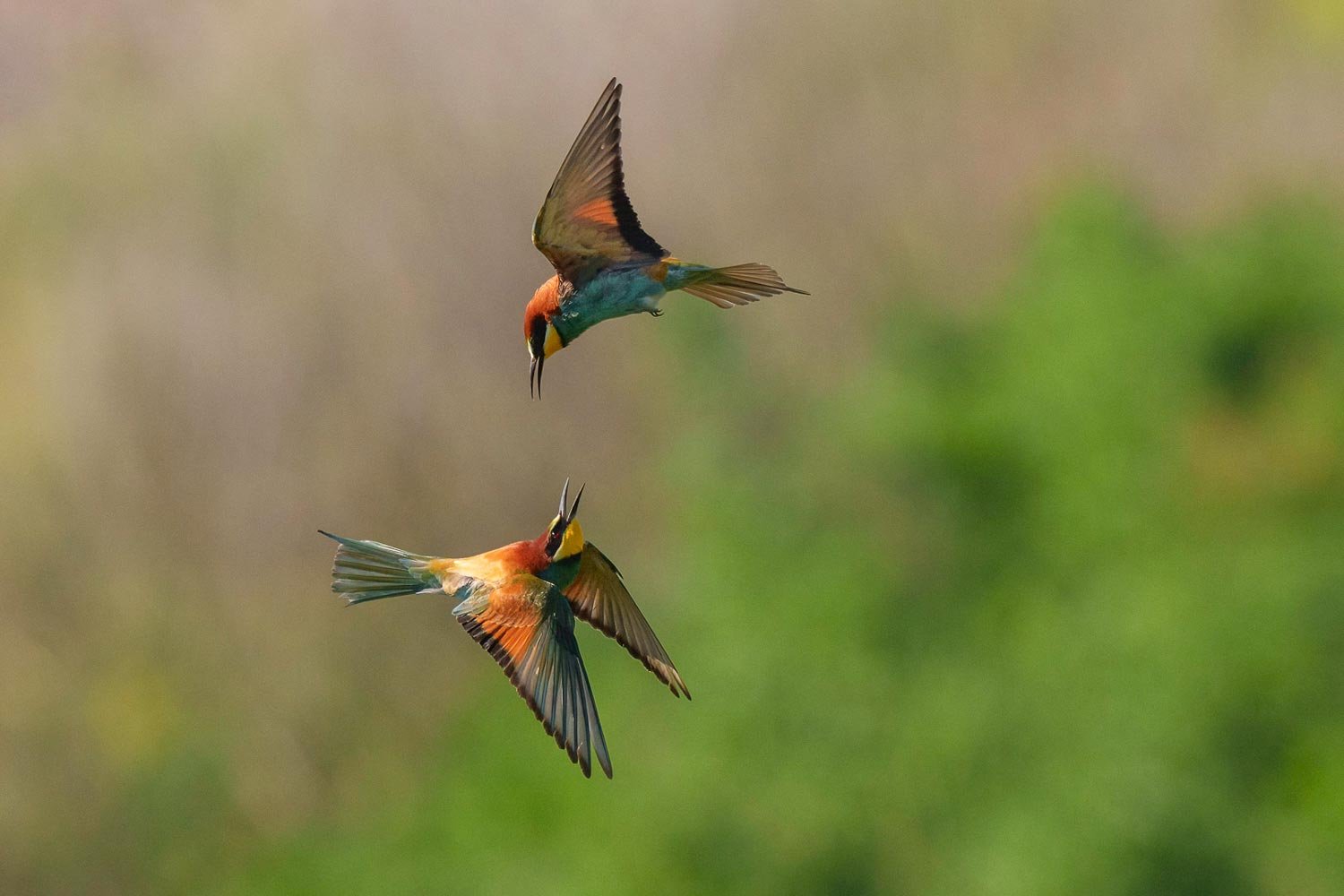Birds of Our Observations
Let yourself be inspired by our fascinating observations from the past years and discover the diverse world of nature. Here, we regularly present a compilation of our latest discoveries and observations.
If you are looking for a specific bird, you can find it using the search field:

Black Stork (Ciconia nigra)
The black stork (*Ciconia nigra*) lives hidden in old forests with wetlands. Learn more about its behavior, habitat, and conservation status…

Black Woodpecker (Dryocopus martius)
The black woodpecker, Europe's largest woodpecker, stands out with its black plumage and red crown. Discover its habitat, behavior, and ecological importance…

Black Kite (Milvus migrans)
The black kite, a global master of gliding flight, amazes with its elegance and adaptability. Learn more about its diet, nesting habits, and unique appearance!

Eurasian Bittern (Botaurus stellaris)
Learn all about the Eurasian Bittern (Botaurus stellaris): habitat, diet, breeding, and its exceptional camouflage. A fascinating wetland bird!

Bearded Reedling (Panurus biarmicus)
Learn all about the fascinating Bearded Reedling – from its appearance to habitat, diet, and breeding. Perfect for nature lovers!

Barn swallow (Hirundo rustica)
The barn swallow is a small, agile songbird known for its elegant flight and long tail streamers. With its shiny black-blue feathers and reddish-brown throat, it is one of the most recognizable swallows in...

European bee-eater (Merops apiaster)
The European bee-eater (Merops apiaster) is predominantly found in the southern and central regions of Europe, in North and South Africa, and in the western parts of Asia. This bird species is highly migratory but overwinters in the tropical regions of Africa, while the populations in South Africa are resident throughout the year. They prefer open landscapes such as forests, river valleys, meadows, and plains, as well as cultivated areas with scattered trees. In Africa, bee-eaters also inhabit savannas near lakes and cultivated lands. In Germany, it is also a breeding bird that regularly visits.
